With the engineering marvel of the Udhampur-Srinagar-Baramulla track about to permit the chugging of trains into Kashmir, the land-locked valley will witness a series of disruptive interventions in economy, industry, tourism, and connectivity, reports Maleeha Sofi
The first train reached Jammu on March 13, 1890. It entered into the temple city from Sialkot, barely 17 miles away. It froze in time in 1947. Jammu waited till October 2, 1972, when it was linked to Jalandhar via Pathankot and Srinagar Express (Now Jehlum Express) reached the winter capital of the erstwhile state.
Even before this link, in fact soon after 1846, the British were keen that Maharaja connect Kashmir through rail to the rest of the world. Some files moved and engineers were consulted. The talk died and later in 1902, surveys were carried out for an electric train and a narrow gauge track linking Srinagar with Abbottabad and Jammu. The project froze in time.
Now, more than 175 years after the Treaty of Amritsar and more than a century after the initial survey, Kashmir will welcome the first train in 2024 summer. The Udhampur-Srinagar-Baramulla Rail Link (USBRL) project, as it is officially named, is strategically significant, historically very important and technologically a marvel in its own right.
Huge Tourist Track
There are two aspects of the track that make it distinct. One, it leads to Kashmir, a huge tourist destination that already gets millions of visitors and pilgrims every year. Two, the track is an engineering marvel and is expected to emerge as a tourist track in itself for many generations of domestic and foreign tourists. This is the first of its kind project that has been implemented by the Railways since 1947.
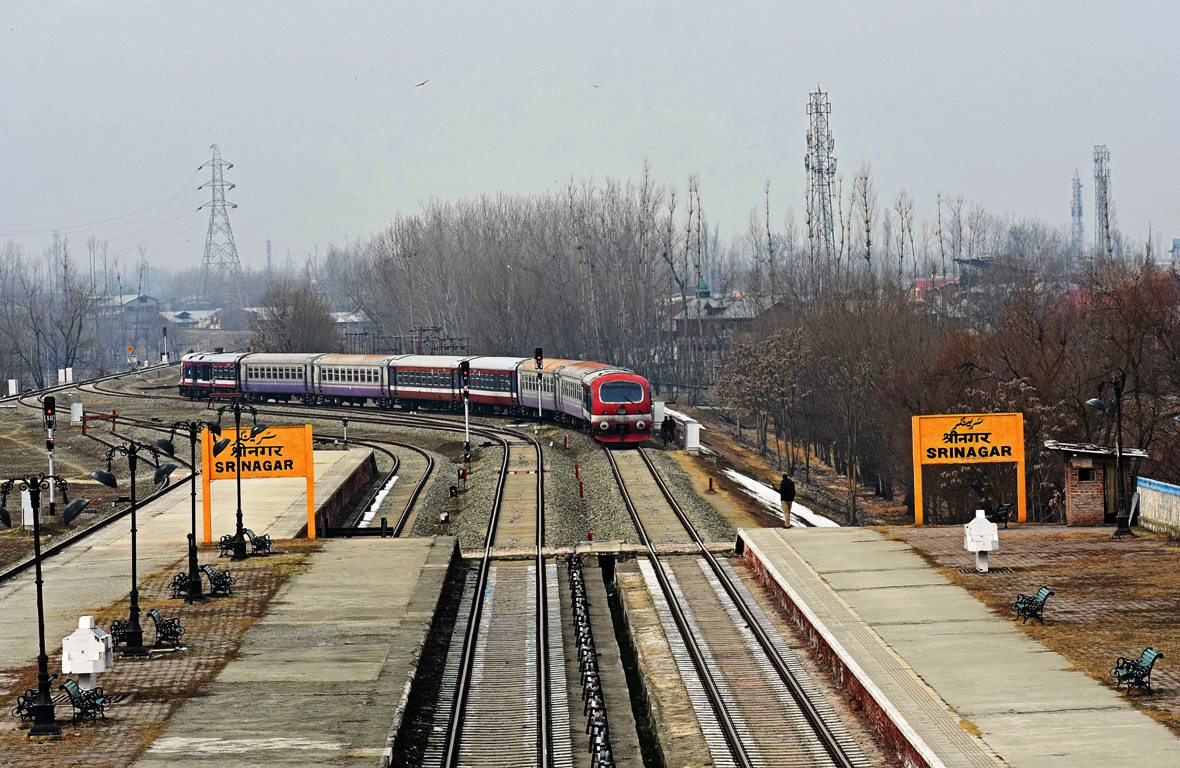
Passing through the Shivalik Hills, the 53-km Jammu – Udhampur line, operational since April 2005, has 20 tunnels and 158 bridges.
The 272-km Udhampur and Baramulla part (known as USBRL) is divided into five patches and was implemented as a project of national importance. The 25-km track connecting Udhampur with Katra has 38 bridges and 20 tunnels covering a distance of 10.90 km. It is operational since July 2014. The patch connecting Baramulla with Banihal (June 2013) through the longest 11.215 km tunnel was completed in different patches and has been operational since October 2009.
This left the most challenging patch between Katra and Banihal, a length of 111 km. By and large, it is either in tunnels or bridges. On this length, 37 bridges cover a distance of 7035 meters and 97.64 km of tunnels. What is interesting is that for borrowing 97.64 km, the Railways had to make an additional 66.40 km of escape tunnels.
“A passenger will travel almost in a long tunnel barely seeing the skies for less than 15 km,” one official associated with the exercise said. “Even the bridges are extraordinary.” There are various spots in which the train will move from a tunnel to a bridge and another tunnel.
Impressive Bridges
The railway line has some marvellous pieces of infrastructure. The recently completed bridge over the Chenab River in Reasi now holds the distinction of being the world’s tallest railway bridge, soaring to a height of nearly 1200 feet. This engineering marvel spans 1315 meters and stands at an elevation of 359 meters.
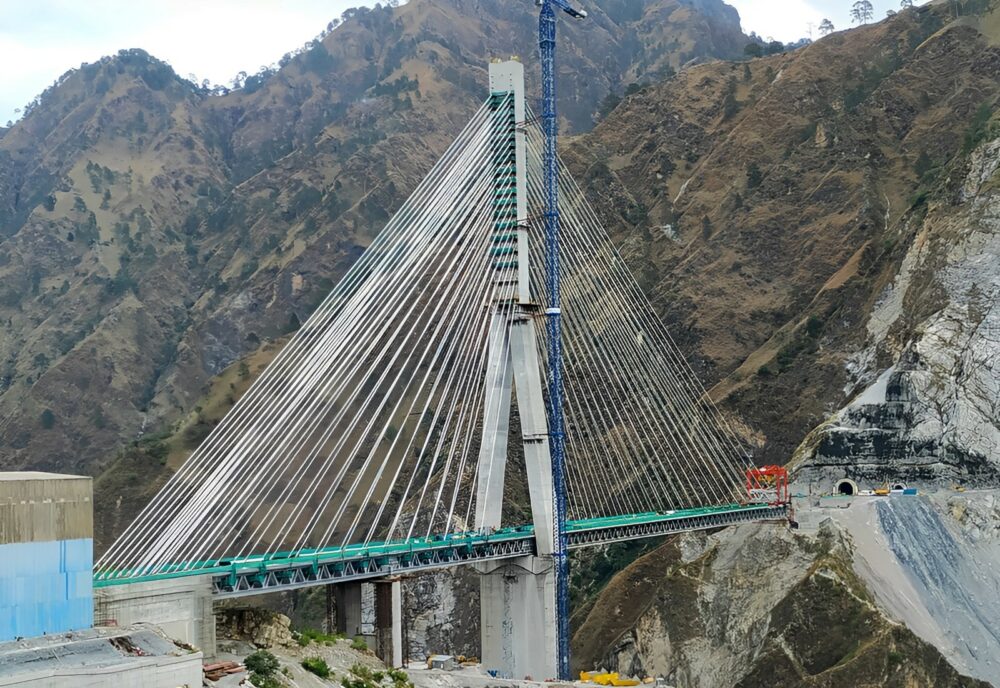
Acknowledging the accomplishment, Konkan Railways received an award for completing the bridge with 29,000 metric tonnes of structural steel, without any mishap. The bridge boasts a minimum lifespan of 120 years and is designed for trains travelling at speeds of up to 100 km/h.
India’s first-ever cable-stayed rail bridge over the Anji River, the Anji Khad Bridge, also in Reas is not a lesser engineering marvel. Connecting Katra and Reasi, it was constructed by the Hindustan Construction Company (HCC) at an estimated cost of Rs 435 crore, with civil construction reaching completion in September 2023. Due to the challenging terrain, the bridge exhibits an asymmetrical construction, featuring a single tower supporting the bridge deck with cable stays on the more accessible side of the gorge.
The track with such pieces of impressive engineering stuff is already a tourist spot. Tens of thousands of people nationwide would be keen to see these rare pieces of communication engineering with their own eyes. Experts believe This will eventually convert these spots into huge tourist attractions, and Bollywood is expected to be the first to cash on it.
Ground Zero Impact
The arrival of rain to Kashmir is a major development that will impact the economy of the place and change certain things fundamentally.
“If you see history, when the British brought the railway to India, it had a huge economic impact both good and bad. It will have a disruptive impact,” Ranjan Prakash Thakur, the erstwhile Jammu and Kashmir’s Industries Commissioner told the Kashmir Life in April 2021. “Once that happens, while outside products will flow in cheaply, we can also send our products cheaply. Your market access will improve.”
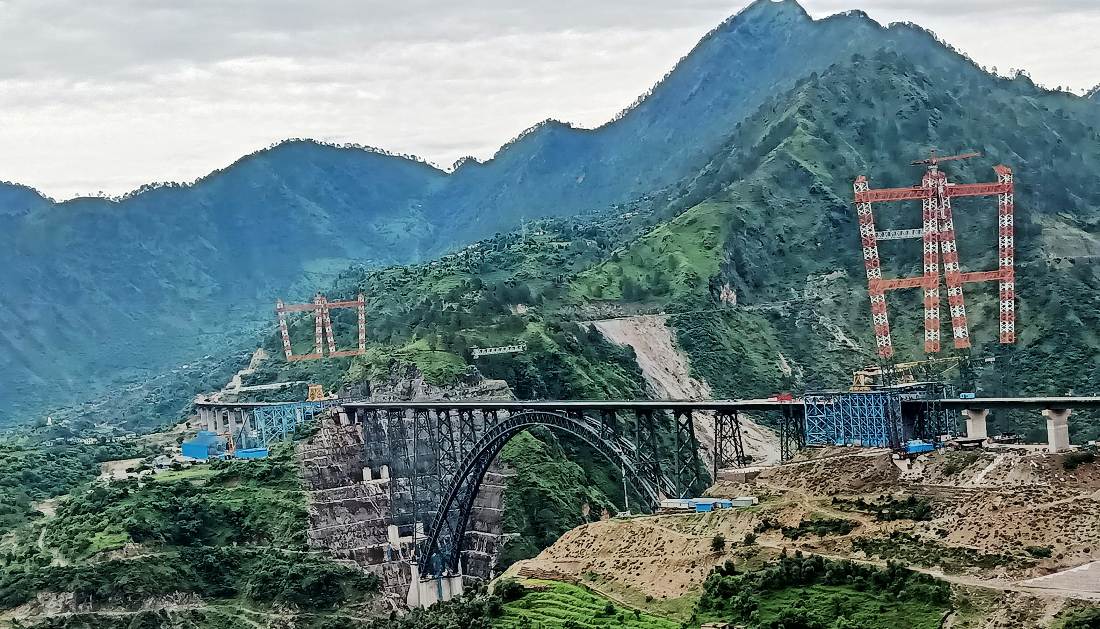
Insisting that the rail connectivity will sort out the accessibility issues of land-locked Kashmir and lot many changes will take place. “This can even have an impact on certain things that are being manufactured locally. But from the other side – Kashmir will get access to the rest of the country. There will be many opportunities ahead. Every cloud has a silver lining. Every threat is an opportunity and every opportunity is a threat.”
Even before the arrival of the IRS officer as Commissioner Industries, the policymakers had put in place the allied infrastructure issues. “The issue is that when the rail will come, will you be ready,” Thakur said. “We have given a licence to land a container depot in Samba and another to Container Corporation for Kathua. We are discussing with Dubai Port to get them to Kashmir. We will create a dry port and you will have no issues on the exports front.”
Everybody in Srinagar is keeping his fingers crossed about how the rail will impact the economy in Kashmir. Ejaz Ayoub, an economic affairs researcher, acknowledged the ecological fragility of Kashmir and emphasised the inherent costs associated with its consumption-driven economy.
“Kashmir’s economy is consumption-driven as productivity is less than consumption,” Ayoub said. Presently, the region heavily relies on various neighbouring states for products. From any day, for the next 365 days, experts believe Jammu and Kashmir requires products worth Rs 100 thousand crore. This consumption encompasses a wide range of items from edibles to textiles, medicines, automobiles and fuels.
Given the size of the Jammu and Kashmir economy, the exports are thin and marginal. Barring handicrafts, walnuts, saffron, apples and a few other products, nothing much goes out, thus creating a huge trade balance.
The USBRL is anticipated to alleviate the burden on the Kashmiri economy by reducing transportation costs and making locally consumed products more affordable. Besides, the manufacturing facilities, previously dependent on expensive non-local raw materials, stand to benefit.
“People could not establish industries, and if they did, they could not compete with counterparts from outside Kashmir due to costly raw material,” Ayoub noted. The introduction of budget-friendly raw materials through the rail link is expected to foster growth in these industries.
At the same time, however, Ayoub cautioned that this development may pose a challenge to local manufacturing. Kashmir can get the same products, manufactured locally, at a lower cost. Ayoub emphasised that the quality of products from external sources is generally superior, and the reduced transportation costs may make these products more attractive to consumers.
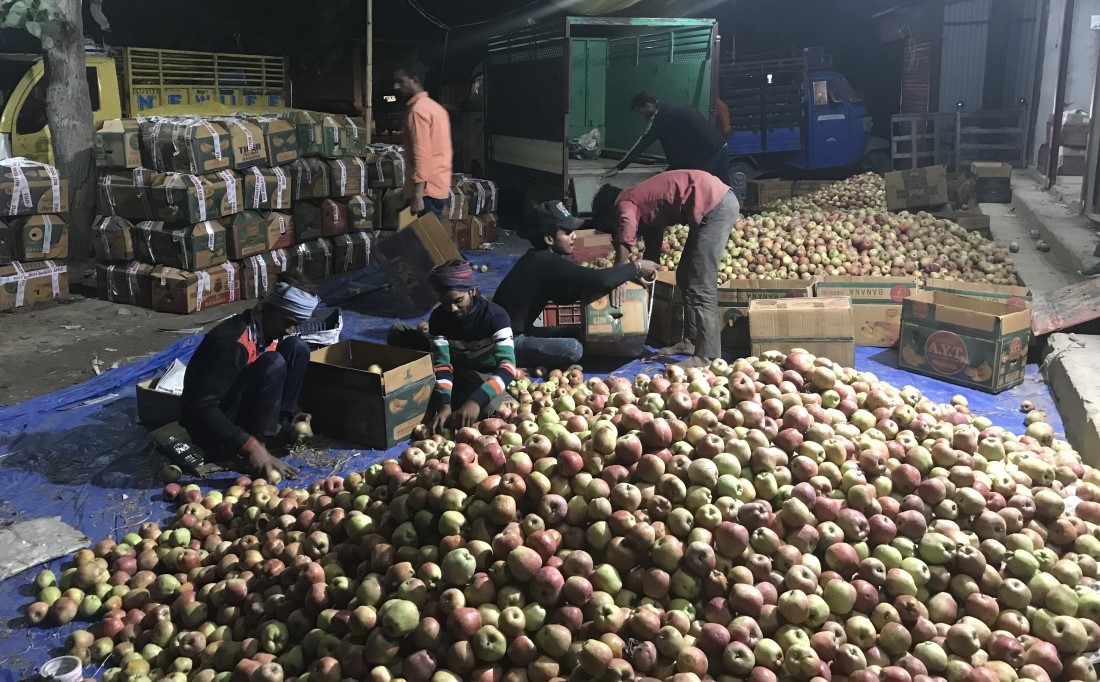
Kashmir is not a huge industrial base. It has a deficit in all manufacturing sub-sectors. Apart from a few agricultural products that are locally made, the main industry is cement. In anticipation of the arrival of rail, one cement manufacturer was in serious talks about selling his facility to a major cement magnate. As the development moved to the newspaper front pages, the deal was scuttled.
Right now, the government is busy hunting for a buyer for its closed cement factory that the erstwhile JK Cements owned. Once a deal is inked, the new owner will also invest in expansion. The rail is likely to add a lot of competition to the local cement makers as the local brands manufacture for the local market and are not in a position to explore the economy of scale.
Local manufacture in Jammu and Kashmir is consumed locally at higher prices that, in certain cases, go up to 25 per cent. The policy intervention that the local manufacturers will have the first right for supply to the government has been withdrawn and now anybody anywhere across India can supply the item as long as it follows the norms.
The Flip Side
Kashmir is the main apple basket of India producing almost two-thirds of the total fruit produced across the country. It remains the only bulk saffron grower with almost 98 per cent monopoly. Kashmir controls almost 95 per cent of the walnut market in India. Cherry, plumb and pears are grown in huge abundance but the short shelf life is putting growers at huge loss because of lack of quick transportation.
These products form the main basket of Kashmir ‘exports’. For fresh fruit, the crisis has been two-fold – the lack of post-harvest technology and quick transportation. In the last decade, a chain of cold atmosphere storage has emerged and partly managed the storage issue. Now, the rail is expected to address the serious transportation issue. It is expected to be cheap for the apple.
Now, the blockade of the national highway would not rot Kashmir apple. The glut in the major markets in the plains but an offsetting impact but the transport is likely to be not a major tension now.
For certain parts of the agriculture products and the handicrafts, the dry port will be a huge facility. However, the implementation of the project is still a work in progress.
“Earlier, displaying crafts like walnut wood tables at exhibitions was either costly or logistically challenging through air or road travel,” Ayoub said. “Now the train is a manageable option for such artisans.”
Enhanced Connectivity
Rail is going to take Kashmir to the next level from its traditional 8 am to 5 pm connectivity, an age-old lifestyle that the air carriers and the new Jammu–Srinagar national highway have already dented. For decades, Kashmir has lived a 10-4 routine and spent most of the time in-house. That is going to change now.
The Srinagar airport is getting 27 to 35 flights a day. The distance between Srinagar and Jammu has already been reduced to less than five hours. The noisy train will add to this making night not very different from the day. More business hours will be added to the eco-system already seeing a work-for-365-days phenomenon after many decades.
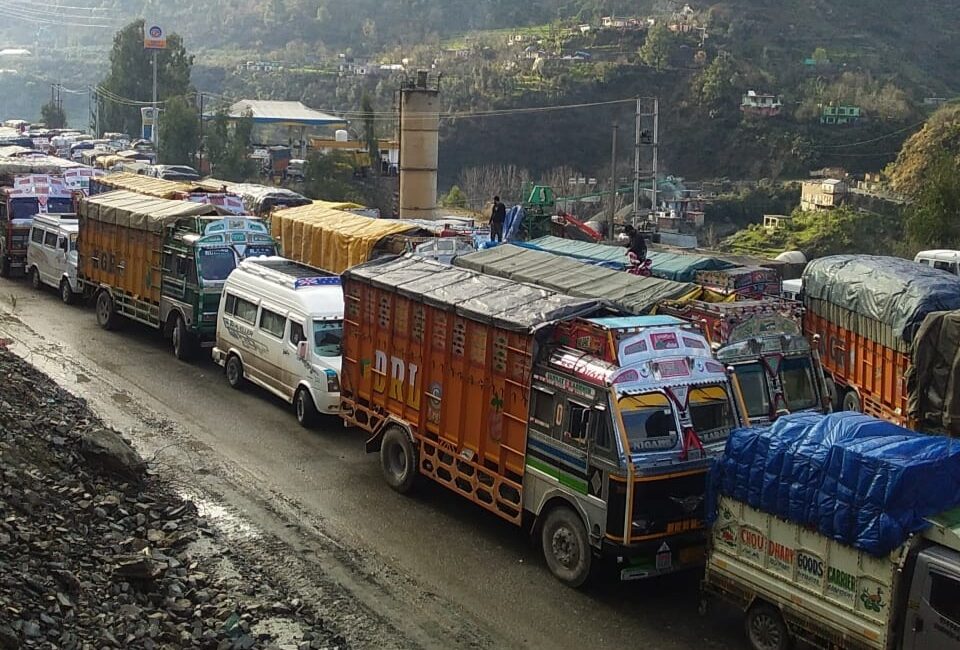
Geographical remoteness, high airfares, and safety concerns on roads have discouraged many from seeking employment outside Kashmir. The introduction of train services will address these challenges, providing a viable solution for individuals seeking to work away from home. The ability to travel affordably from Delhi to Kashmir in a single night is expected to attract individuals to explore career opportunities outside the valley. A weekend home spend is enough for professionals to work in Delhi.
Limited educational and career prospects within Kashmir have historically driven youth to pursue opportunities in universities and companies outside Kashmir. The improved accessibility offered by train services may contribute to a potential increase in individuals choosing careers beyond the valley.
Concerns about the journey to and from Kashmir have been a recurring issue for those working or studying outside.
Sadaf, a 28-year-old professional living in Delhi, faced challenges during the Christmas and New Year holidays when she wished to return home. “The airfare was so high both ways that I could not afford such expenses for a single trip,” she said. Considering the arduous two-day road journey to and from Kashmir, she opted to spend the holidays with her sister in Mumbai, where the airfare was more reasonable, and train travel was a viable option. “The train to Kashmir will be beneficial for people like me, as I can travel home anytime without worrying much about my budget or facing the hassle of road travel.”
Rising Tourism
Kashmir has the projection of being an earthly paradise, a destination that everybody in the country is so keen to visit. The hunger for travel was witnessed post-2019 when the central government encouraged tourists to Kashmir in so huge numbers that now even Lal Chowk is a tourist destination.
However, the train is expected to address, what is being said, as “the demographic and geographical disconnect” from the mainland. It will get more and more people to explore the land of myths, faiths, caves and meadows and the Bollywood will play a huge game changer.
“Swift communications will not send visitors only, they will send fortune hunters too,” Ayoub said. Kashmir currently boasts one of the lowest crime rates in India, and the introduction of train services can alter that reality.
The anticipated visitor influx is also expected to drive up real estate and rental costs. This may pose challenges for natives, given the limited land space in Kashmir. Vertical construction is constrained due to Kashmir’s seismic vulnerability (Seismic Zone V), and the hilly terrain restricts horizontal expansion. “If there is a 15-20 per cent increase in tourism, Kashmir may become unaffordable for many. Those choosing to reside here for work or other reasons may face a significant rise in the cost of living,” Ayoub believes.
Services Sector
For around half a million construction workers, Kashmir is already a home for more than nine months a year. Most of Kashmir’s hair-cutting saloons are a show run by Bijnor families. Bhuj wall stone cladding comes with raw materials and a skilled workforce from Rajasthan. Masons from Bihar are the best in the trade. Painters from West Bengal are the real heroes of colour polishing. Punjabi carpenters know the art of using Russian timber better.
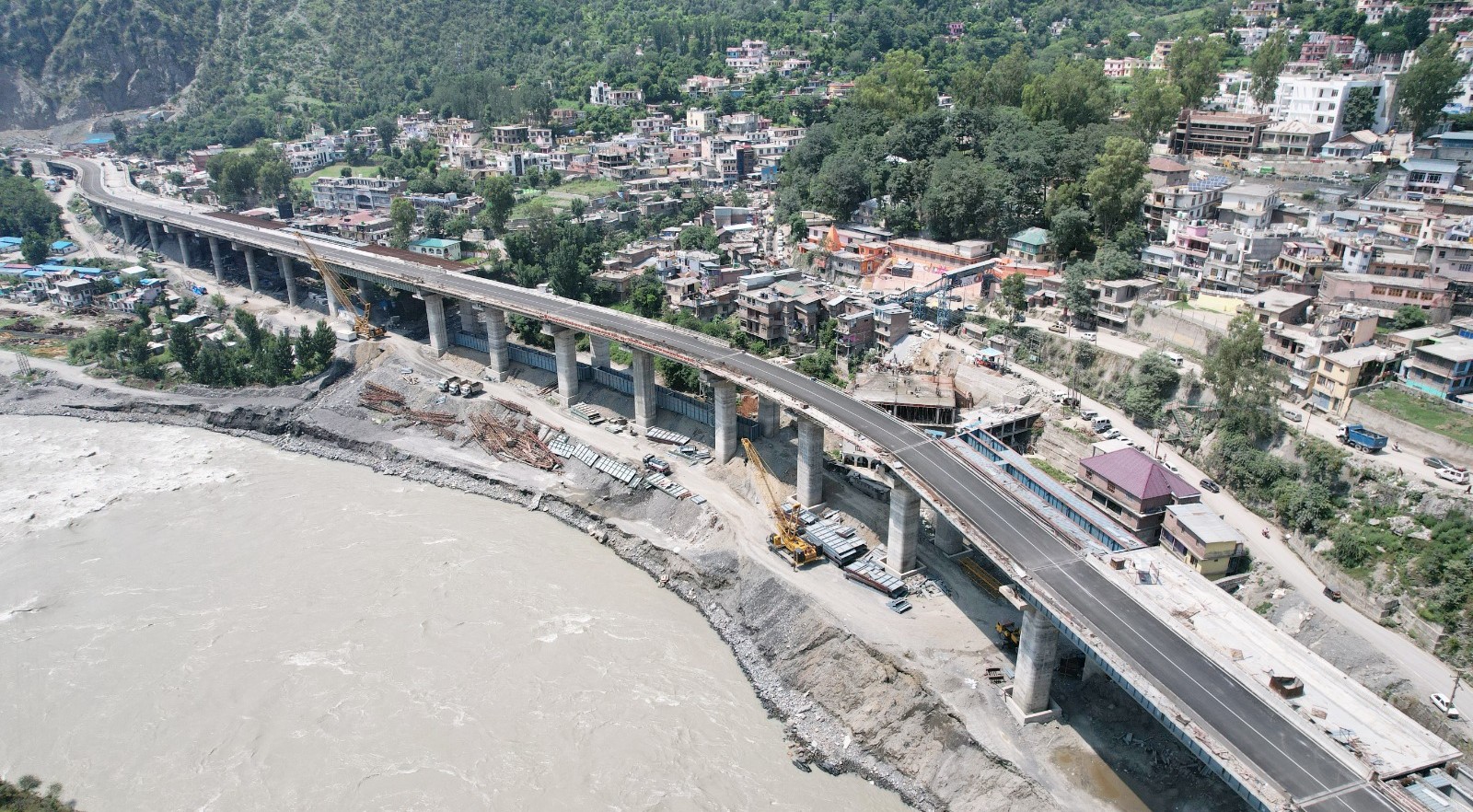
This workforce is likely to go up with the train. Now, these workers will get their families for tours as the train makes it possible. A cheap and faster rail will add up to the number of seasonal workforce that Kashmir requires.
Now the corporation will fund it plausible to deploy its category three and four personnel in Kashmir, an option that was difficult earlier.
With not many jobs being created within the public and the private sector – owing to the continued economic downturn since 2019, the jobless population in Kashmir is expected to fill in part of the opportunities they were not looking at earlier. The train entry into the surface communication is expected to upset the transport sector which was the main mover and shaker of the economy. It will save hoards of drivers to change their profession.
Fayaz Ahmed, a Sumo driver operating on the national highway, expressed concerns about the profound impact of train services on their livelihoods. “There are drivers whose sole source of income is the bus or Sumo, and it will adversely affect them,” Ahmed, who also manages a travel agency, said. While acknowledging the anticipated surge in tourism, he emphasised the need for a transport centre outside the railway station that accepts registrations from drivers like him. This, he believes, would ensure they can sustain their livelihood through various means.
Ecological Impact
The construction of the fascinating rail has had an impact on the ecology of the place. It moves through tunnels and bridges in the most ecologically fragile areas. Most of the belts it snaked around are already witnessing landslides and mass erosion issues. The train is touching vast belts that have not seen a four vehicle, so far.
Raja Muzaffer, an environmental activist, highlighted the significant ecological disturbance caused by the railway line’s construction. Advocating for environmental protection, he emphasised the need for sustainable measures. “There should be the use of electric engines to minimize fuel consumption, thereby reducing carbon emissions,” Raja asserted. He raised concerns about the adverse effects on air quality resulting from cutting through mountains and trees. “The noise from the trains will disturb the wildlife, leaving lasting effects.”
Muzaffer is aware of the other side. “Compared to vehicles on highways, trains emit fewer pollutants,” he said. Once the trains are operational, he said thorough safety checks for the ecology must be in place.
Strategic Track
Impact on connectivity and economy apart, the rail is a huge strategic piece of infrastructure. Maj Gen Amrit Pal Singh, who previously oversaw operational organisation in the region has emphasized the substantial impact of the train on the logistics system. “It will be a 10-time multiplier for our logistics system both in peace and definitely during the war,” he said. The train will reduce, and in situations of adversity, supplement the vast network of huge roads. It will reduce the costs of guarding every single vehicle moving on the road.
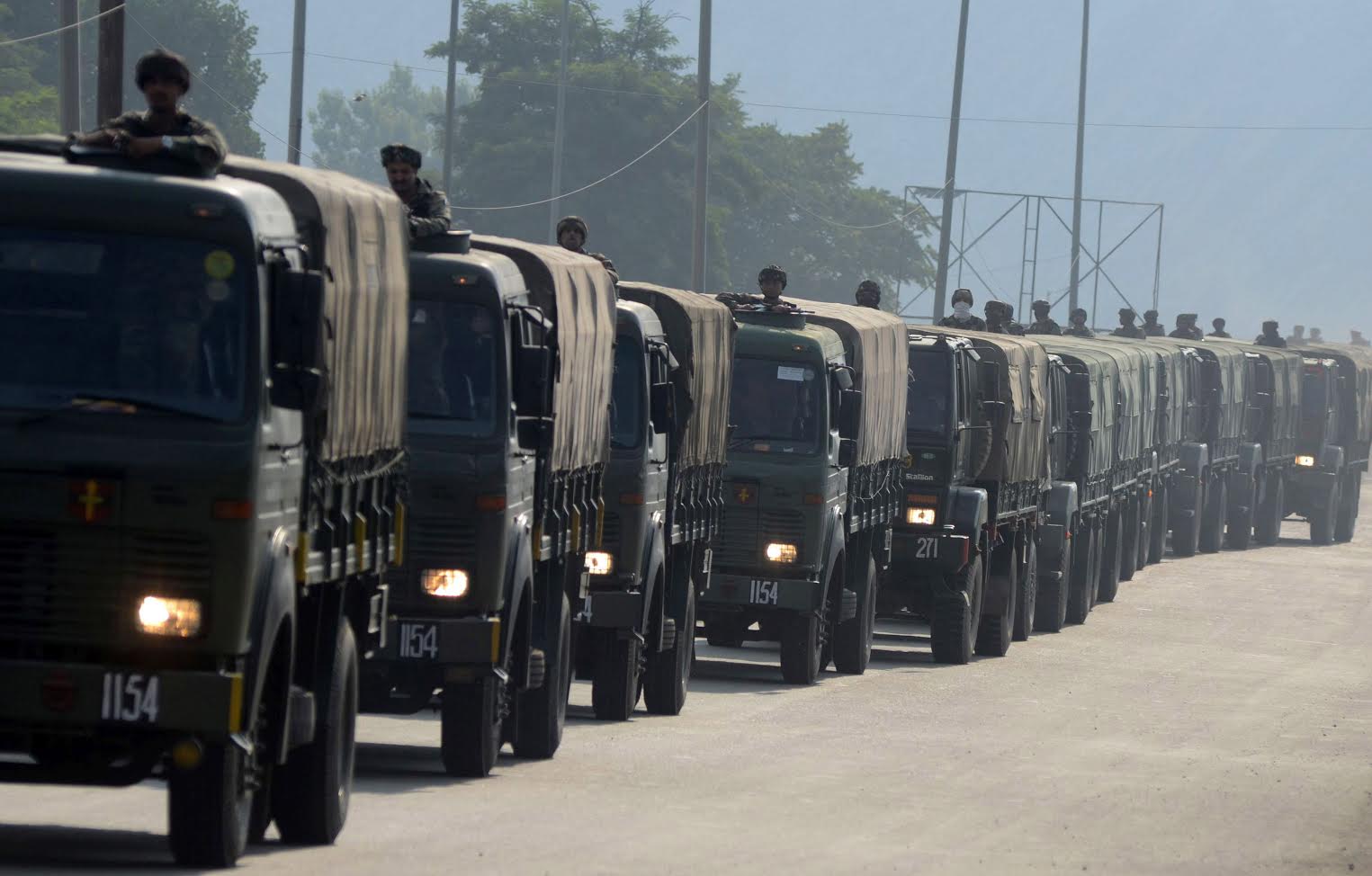
This very significance will ensure that the track is hugely guarded against sabotage. There is an already huge contingent of Railway Protection Force deployed on the track. The Jammu and Kashmir Police also have a separate section for the protection of the railways.
The real impact will be visible once the train moves out of Sangaldan mountains and enters the Banihal tunnel to Qazigund. However, tense trade insists that in the wake of a Himalayan shift, Kashmir’s interests should not be left to the market forces.















